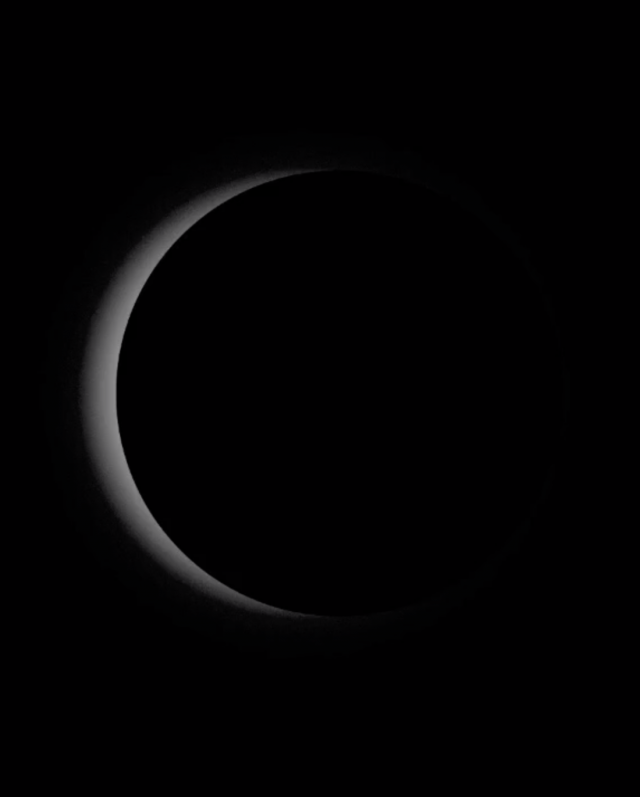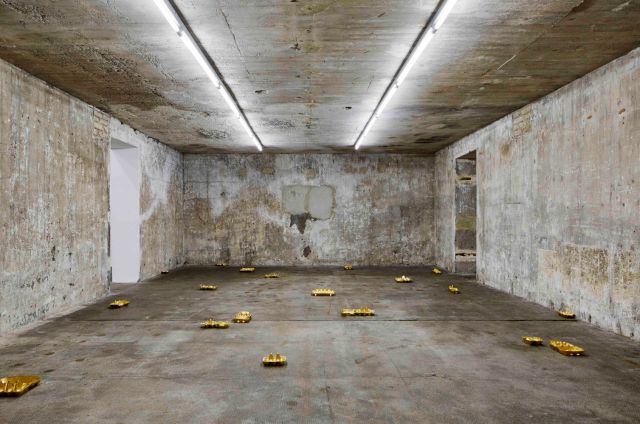BMW Art Guide by Independent Collectors
Juliet Kothe and Julia Rust
Initiators of Collection Night, Berlin

This year on the evening of August 23, will be the very first Collection Night, tell us a little bit about how the idea came about.
Juliet: The private collections in Berlin have a supportive and friendly relationship with each other yet they never really have bundled their programs in a common initiative. Through a regular exchange with various Directors of these participating private institutions, the idea came along to manifest the contribution of the private collections to the vivid Berlin art field in a specific happening. As well as the fantastic gallery scene, public spaces and institutions, the collections truly widen the range of possibilities in order to engage with art.


Please explain the concept of this new initiation. What differentiates it from the collections programme during Berlin Gallery Weekend or Berlin’s upcoming Art Week?
Julia: The COLLECTION NIGHT purely focuses on the different concepts of collecting or the various possibilities of making private collections accessible to the public. Every collector or collectors-couple does not have to make any compromises. They are absolutely free in their choices. So often a collection is far more extreme and radical. Look at Ulrich Seibert’s collection focusing on Pop-Surrealism and Pop-Comic-Surrealism. This art is colourful, figurative, bizarre and unique. He and other participants will allow an insight into their collectors approach for the first time. We think Berlin as a city should celebrate the fact that it actually is home of so many publicly accessible art collections.
Is there something particularly special as part of this year’s program to mark the inauguration of the event?
Julia: The Wemhöner Collection just acquired a historic ballroom from 1899 in Kreuzberg. Incredible that you still find these architectural jewels in Berlin. They will allow access to the collection for only this one night screening of the monumental film Deep Gold by Julian Rosefeldt. After it will be architecturally transformed - only for this one night you can sneak inside and get an idea of its original purpose as a dance hall.




As Directors of private collections in your regular work, which therefore results in intimate insights into their workings, have you observed a shift in the attitude towards collecting?
Juliet: I think there are certain collectors that are more globally orientated and not so much regionally. I recently visited the Aïshti Foundation in Beirut, which is a good example of an international art hub, because the principles of showcasing and collecting are following certain international principles – it doesn’t really resonate with the fantastic local art scene or community. This white cube-style-museum, which is stunning and impressive and comprises fantastic works, could be located anywhere. It really could grab on the chance of interacting with the people in Beirut. That is what a strong art mediation program could do.
Do you find that other collectors regularly visit the spaces of which you direct?
Juliet & Julia: Definitely. We have collectors from all over the world, some even ask for advice as to how we are running our Foundations – and we are always happy to share experiences and our perspectives.



Which publicly accessible private collections would you recommend visiting outside of Berlin and Germany?
Juliet: For me it is Fondation Marguerite et Aimé Maeght. Just 25 kilometres away from Nizza it is located right at the most beautiful village of Saint-Paul-de-Vence. In the garden you discover dozens of sculptures, mosaiks and installations by artists like Giacometti, Miró or Braque.
Julia: I admire the work of the Fondazione Sandretto Re Rebaudengo in Torino. It is always worth a visit because of their very contemporary and wonderfully curated programme. The Collector, Patricia Sandretto Re Rebaudengo is not only showing her beautiful collection but she has a strong focus on supporting young artists and curators and she is always trying to involve as many audiences as possible. Not only the art professionals and cultural tourists, but also children, youngsters and neighbours.
More Information on Collection Night